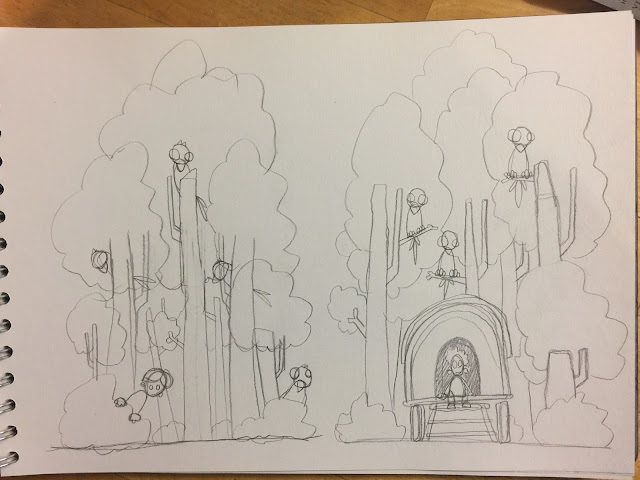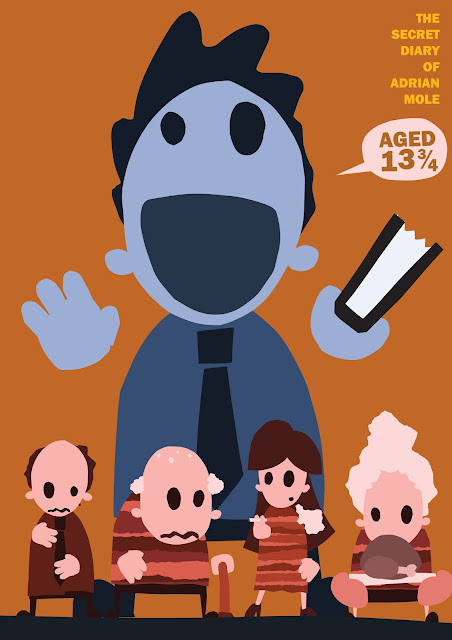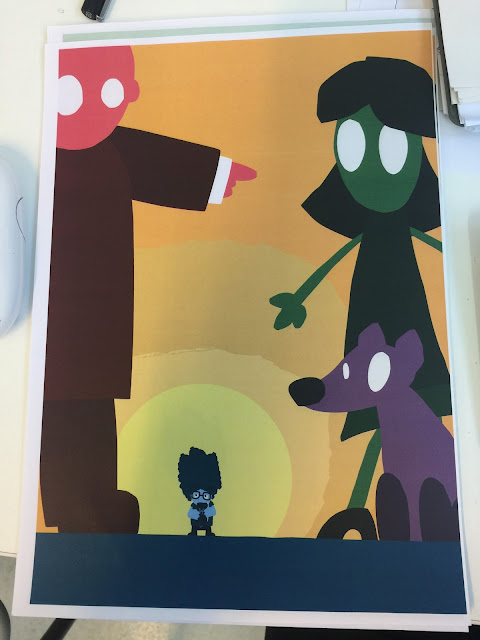For brief use HDTV 1080 25 preset.
Quick way to import a file is to double clock in the project window.
We have set up a composition of a rocket flying but the orientation of the rocket is fixed, it always faces the same way regardless of which way it is flying.
We select the layer and go to the layer menu, then click on the transform menu.
at the bottom of the list is auto orient. select this and change to orient of path.
The spacing of key frames means that the rocket moves at different speeds. We can make the rocket move at a constant speed by selecting all the key frames except the first and last. right click on any of the selected key frames and select rove across time. If you drag the first or last key frame it will maintain the ratio between each key frame.
the shy switch is just to the side of the layers name and looks like a head looking over a wall. For the effect to work we have to click on the master switch with the same symbol at the top of the panel. This will them hide the layers we have selected while they are still visible in the animation.
Illustrator files work the same way as photoshop files.
There is an option that only applies to illustrator files that allows to retain their vector qualities. the symbol is a star next to the shy switch. this will be very helpful for me, for the tests I have done so far i have had to scale my image before importing it.
The next symbol along allows us to change the quality of the of the animation to preview it quicker and smoother. It acts the same way as the quality drop down menu on the bottom of the composition window but applied to single layers.
The next symbol along is the FX. Their is a drop down menu menu at the top of the page that lets us scroll through all the available effects. This can take some time, to speed up finding a specific effect we can use the search feature on the effects and presets panel. To apply the effect to the layer simply drag and drop it onto the layer in the composition panel. adding effects can slow down playback and can be disabled by clicking the symbol FX next to the layer name.
Once you add an effect options will appear in the layers panel in the same way as position etc. You can use this to change the effect over time with key frames in the same way.
The next symbol that looks like 2 frames of film is only available if we are working with film, it allows us to speed up or slow down recorded video.
The next symbol is the motion blur switch and will add motion blur to any layers that have any kind of movement. The symbol is a row of circles.
Create new solid layer to use as an adjustment layer.
Go to layer new solid.
Can use this layer to add effects to layers below it.
The last of the switches will turn transform the layers into a 3D layer.
The next process is similar to layer masks in photoshop.
Click toggle switches and modes at the bottom of the layers panel to show all drop down menus.
The mode menu works the same way as photoshop.
The track matte menu had 4 options that are all to do with using the layer above.
Alpha means it is to do with transparency.
If we chose the alpha matte option it will get rid of everything in the background layer apart from the section that shares a space with the shape from the layer above, effectively making the top layer a widow to view the the bottom layer through.
We can still apply key layers to the top layer such as changing scale to create a reveal or movement like the old bond intro.
Nesting compositions.
First thing we do is create a new composition in a different way than usual.
We start with our rocket image.
We drag the file down to the third image along at the bottom of the project panel. this is a shortcut to create compositions.
The composition will match the dimensions of the file not our usual composition presets.
We can move compositions into another and it will appear as a single layer.
This way we can work with smaller compositions without having to deal with a huge number of layers.
We could also use nesting to create scenes within one composition and add transitions between them using opacity to blend one into the other.
To make sure all the needed files are saved in one place we can go to file-dependencies-collect files. After effects will create a new folder containing all the elements of the composition.
To be able to use projects I have made at home on college computers go to save as- save copy as cc.













































